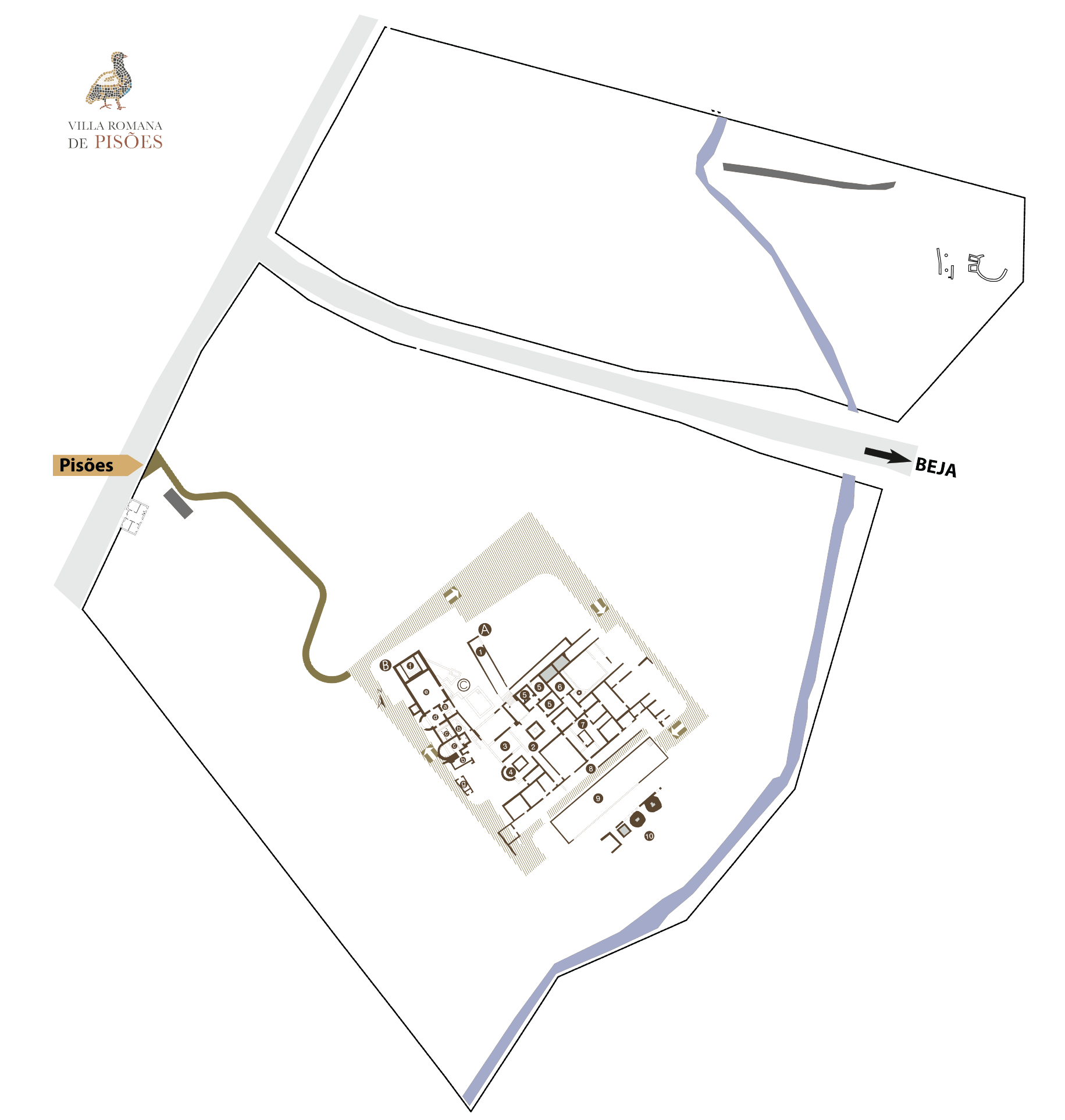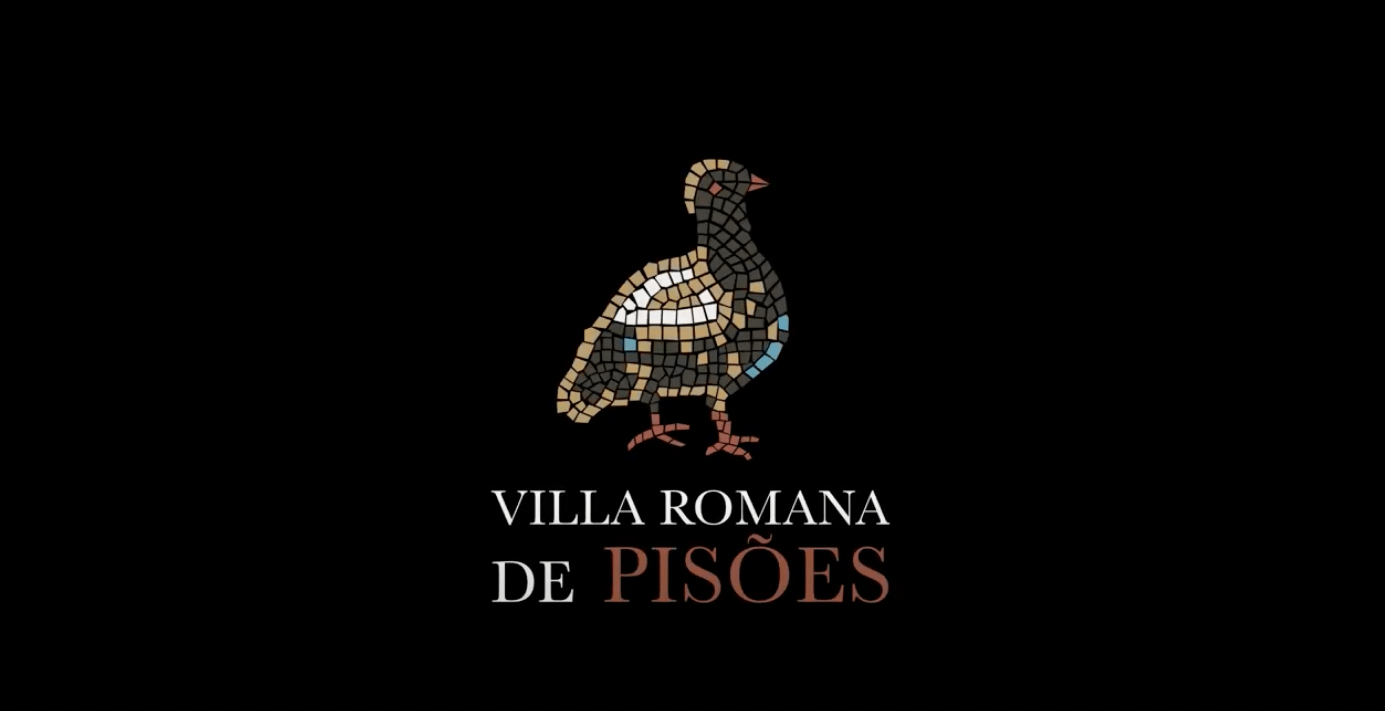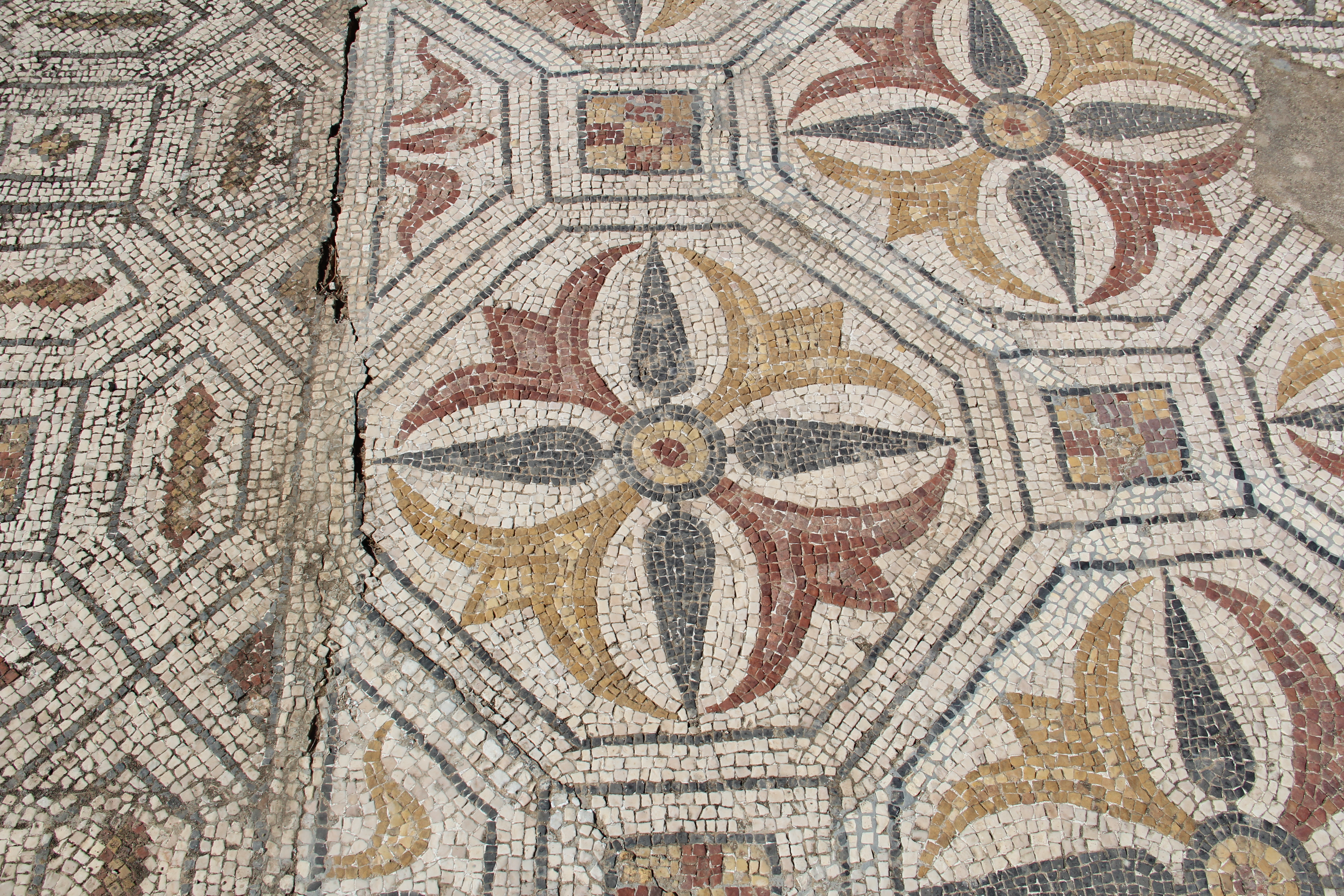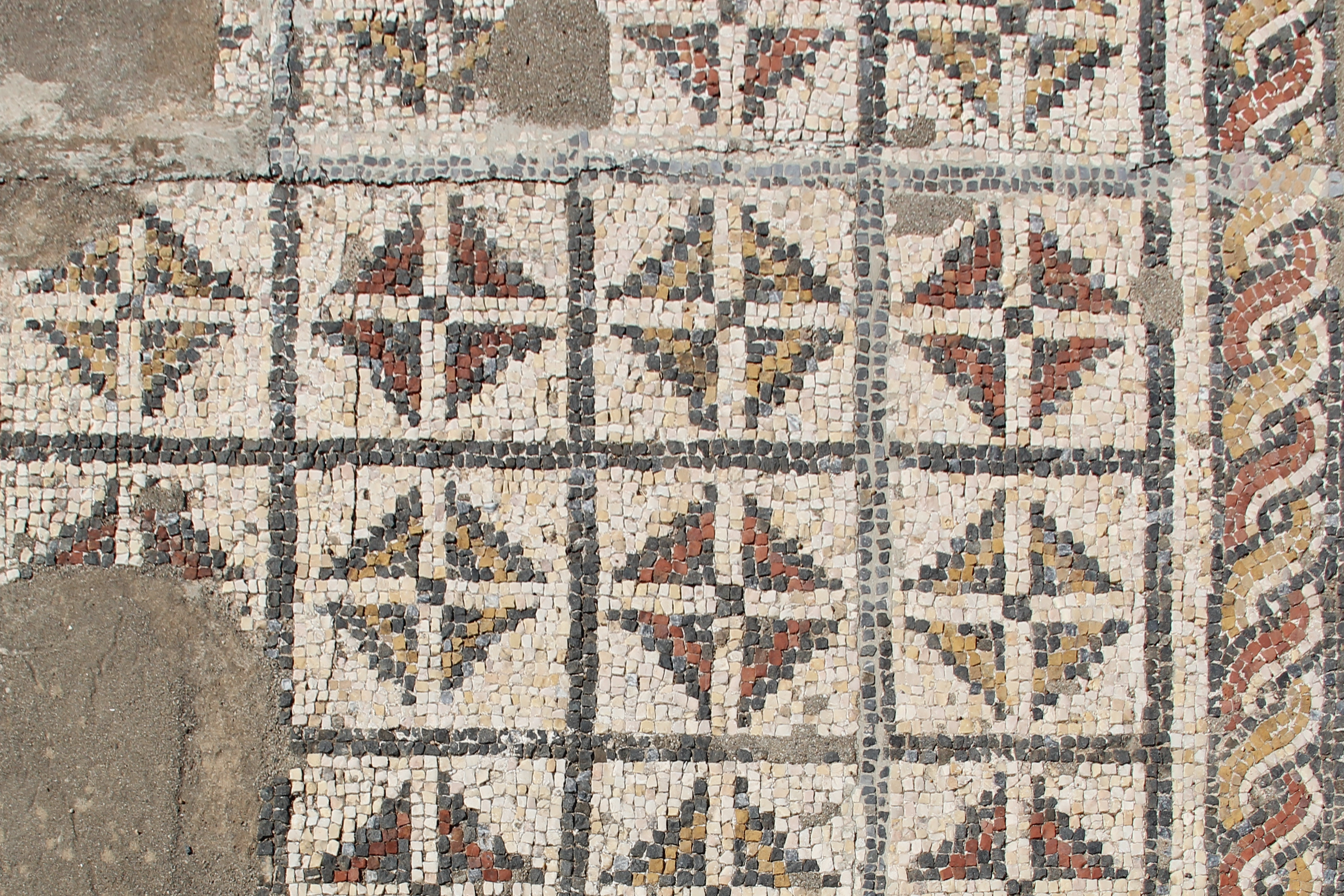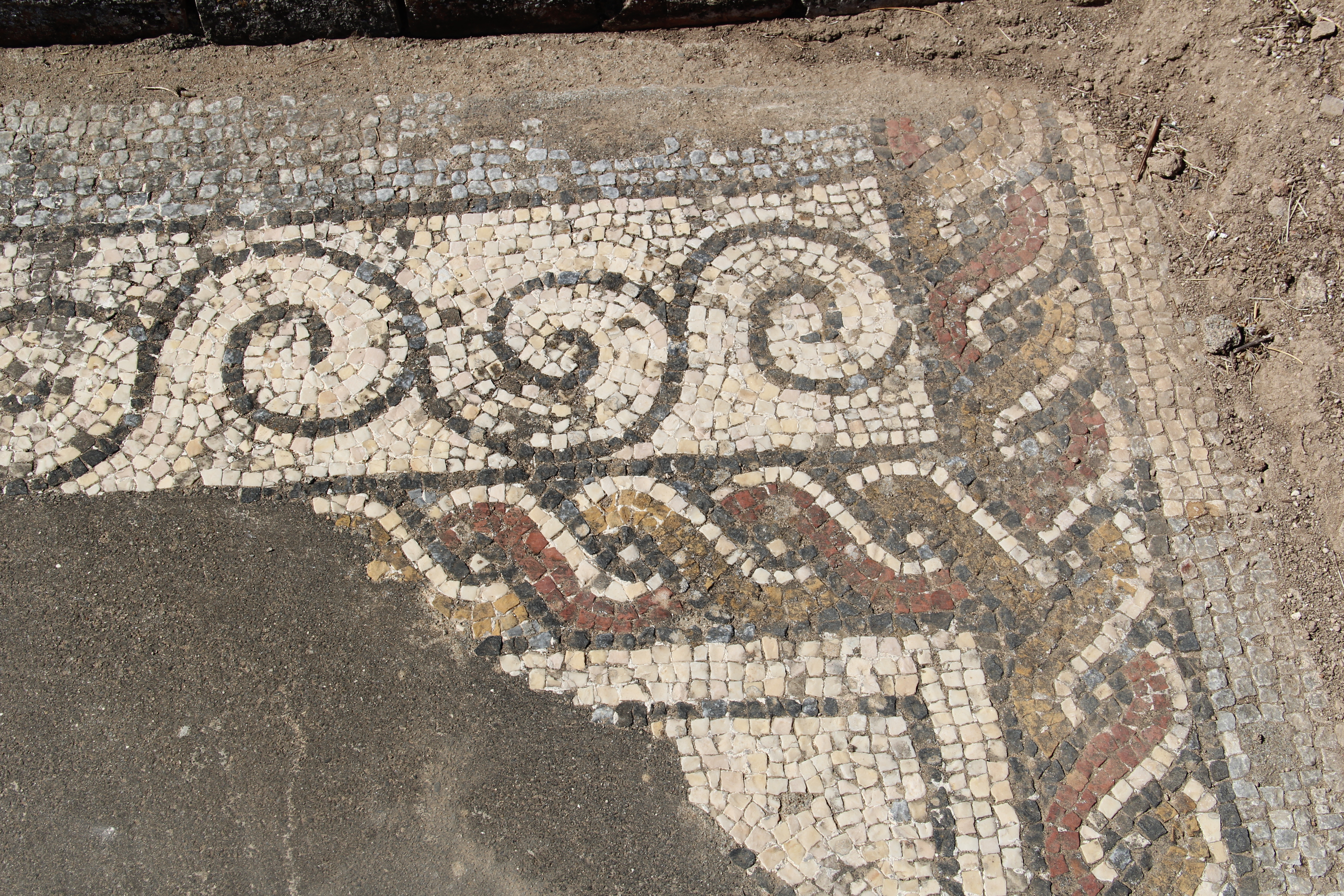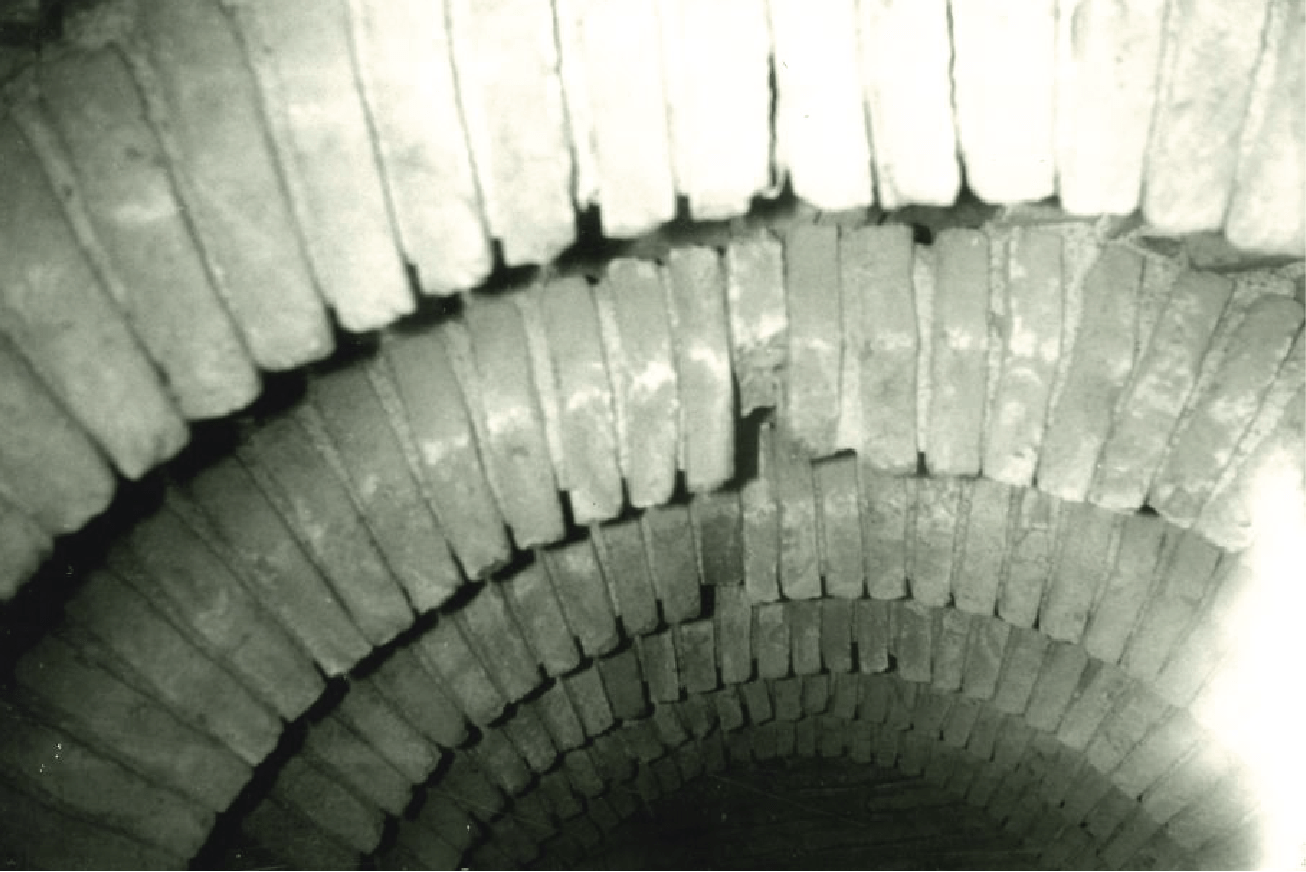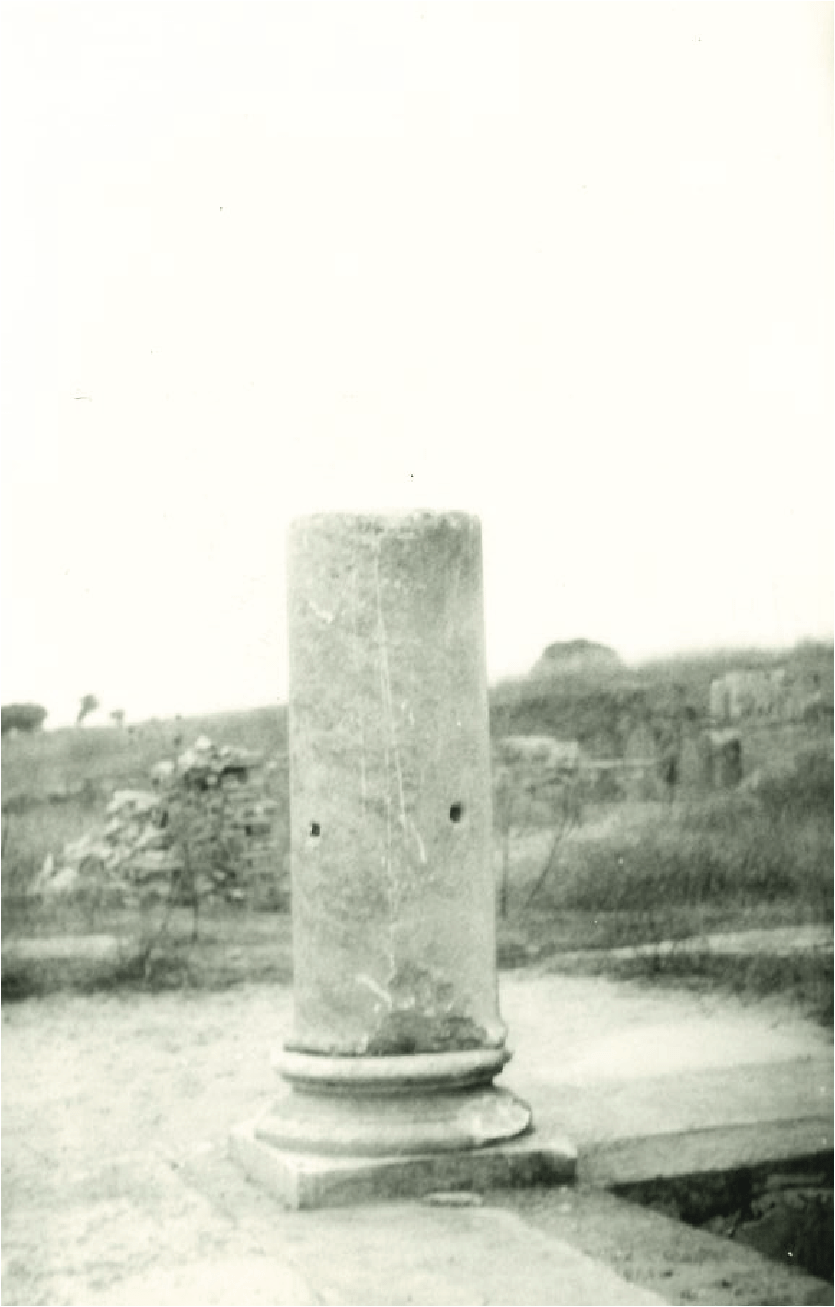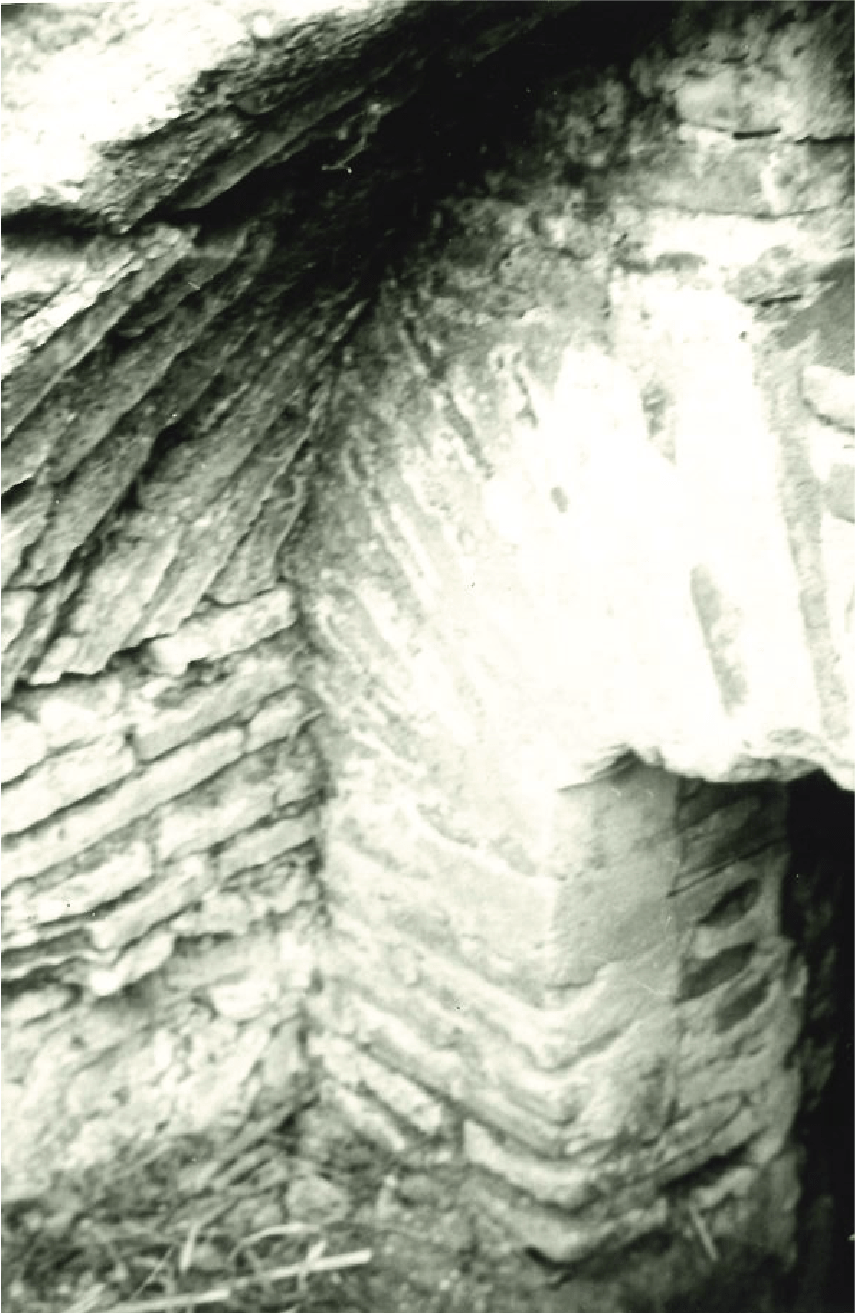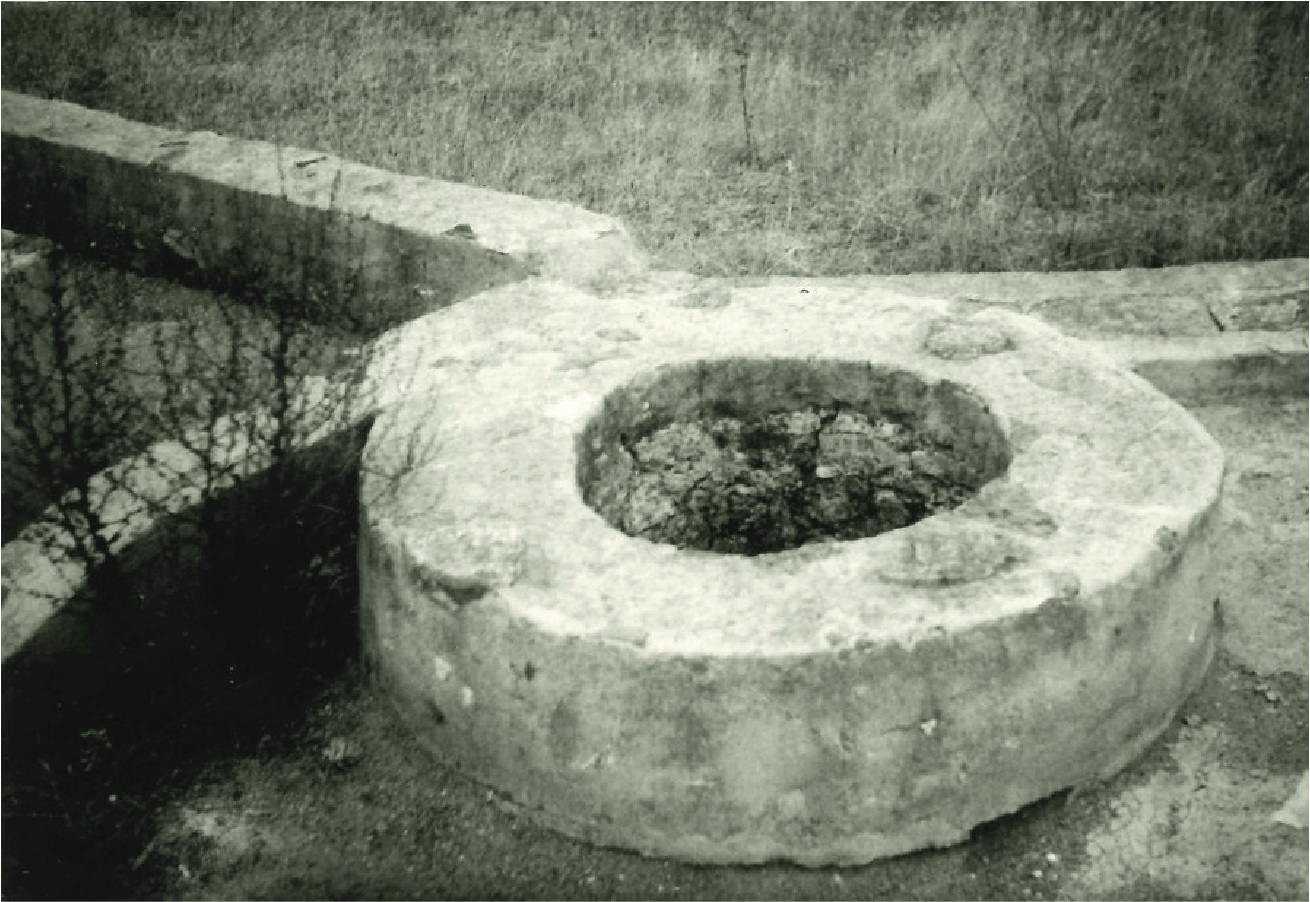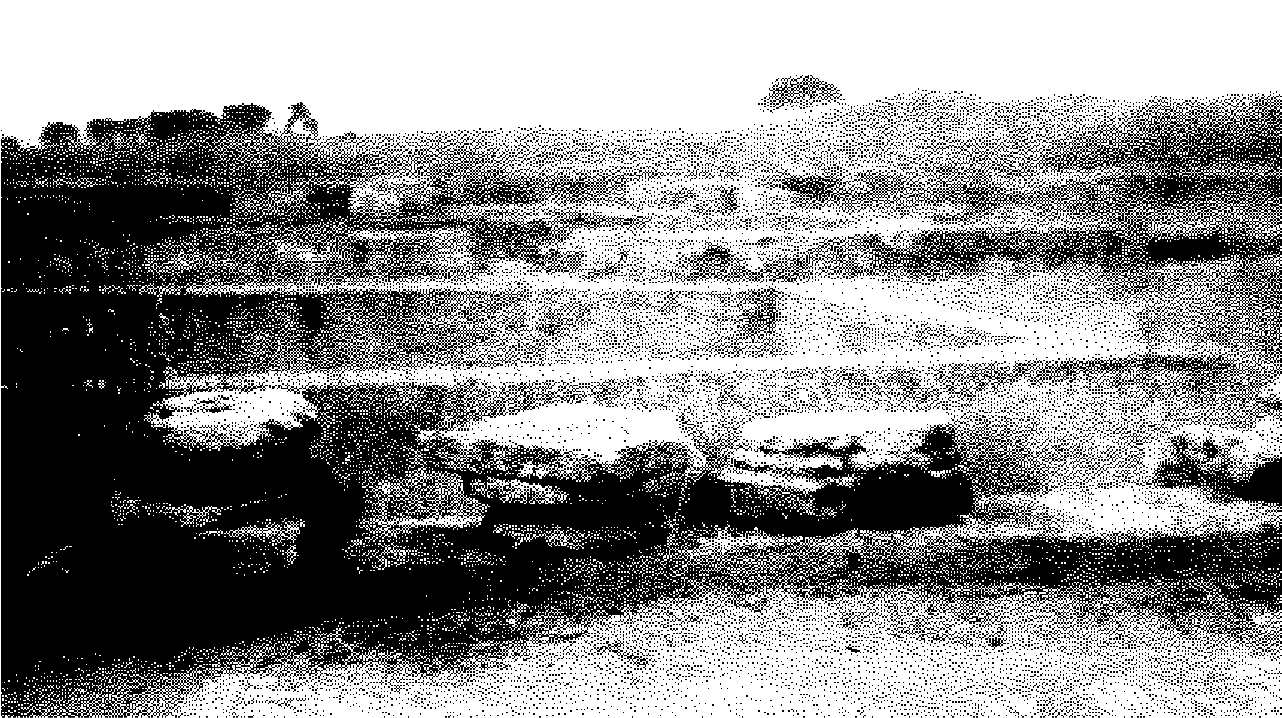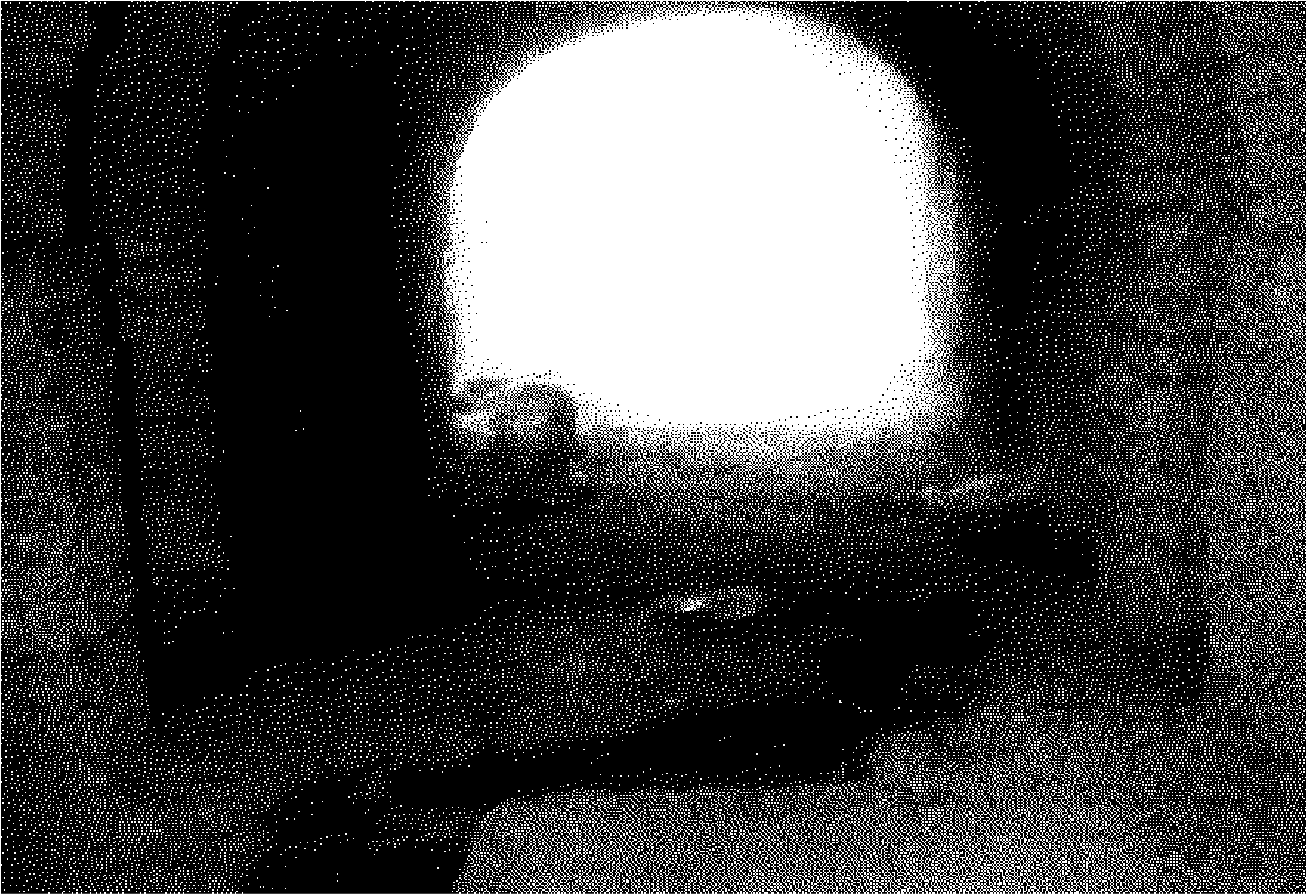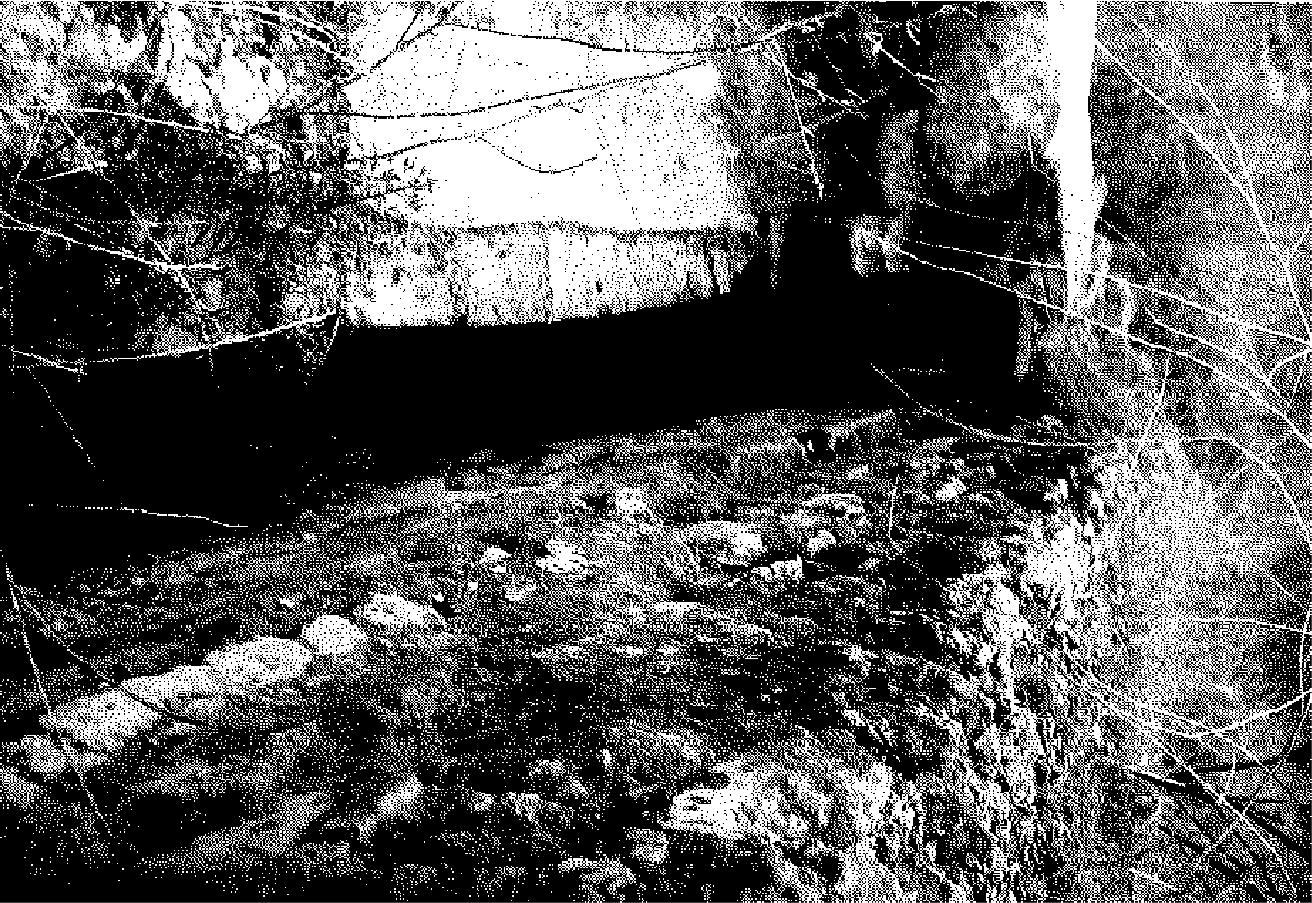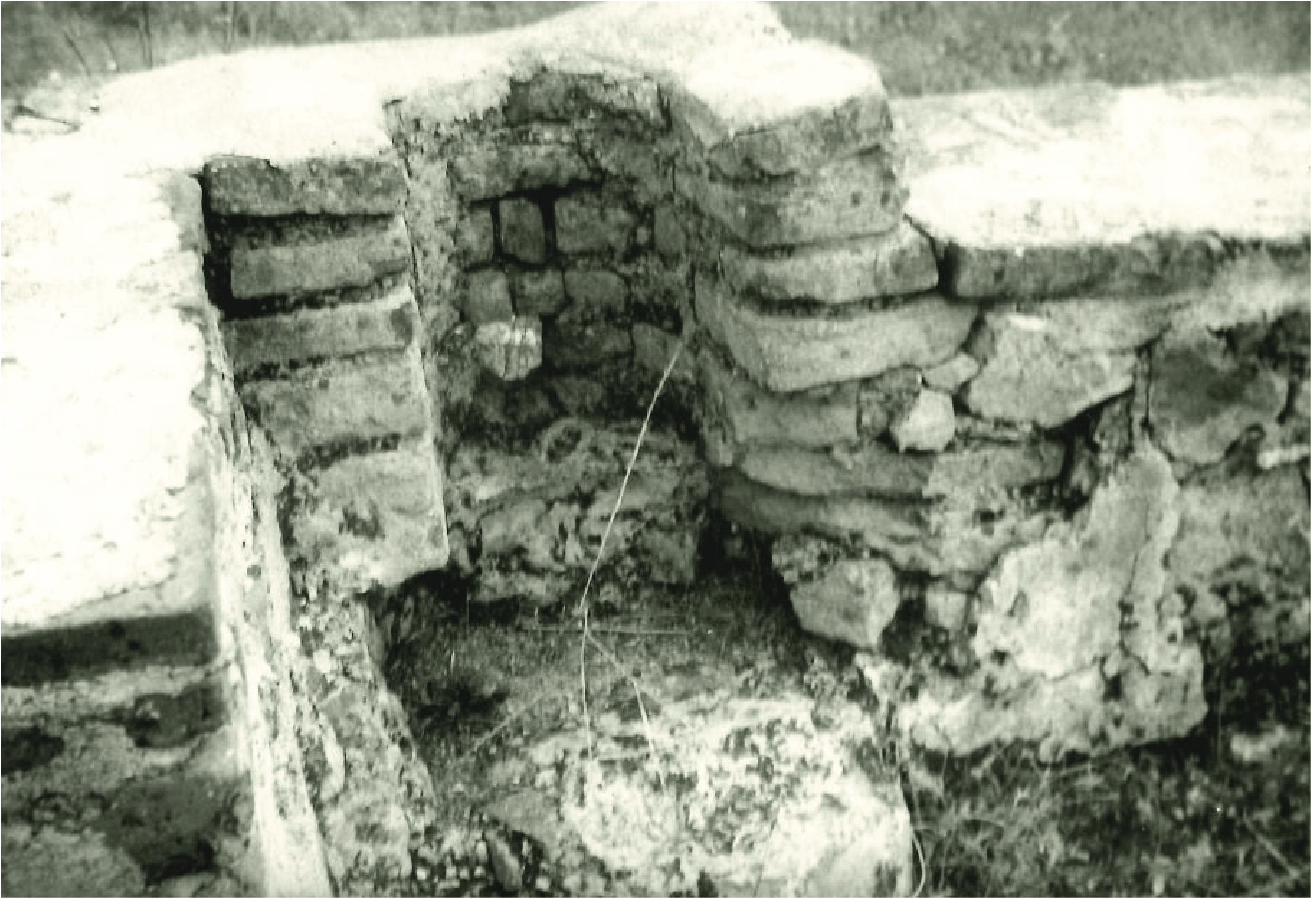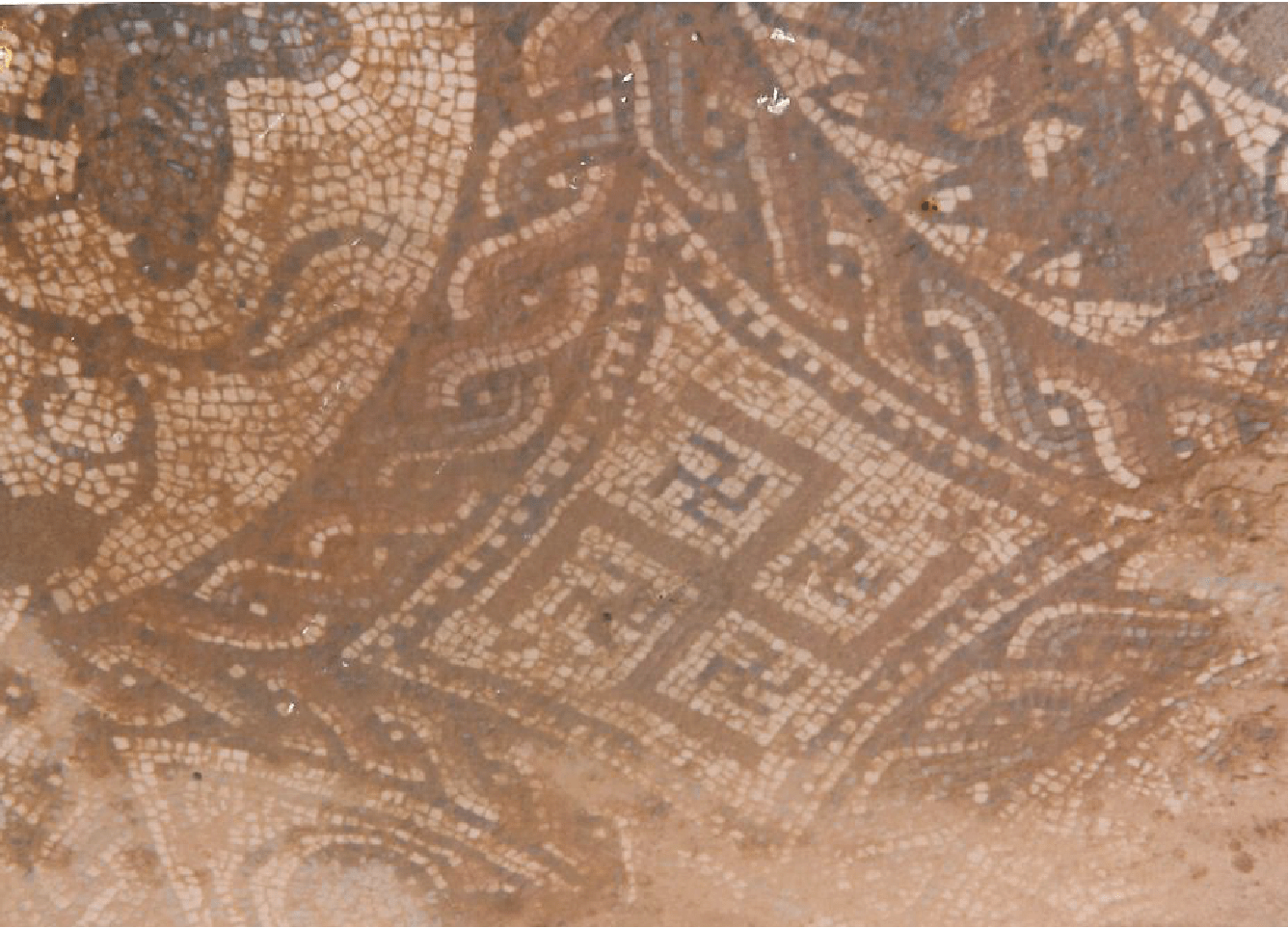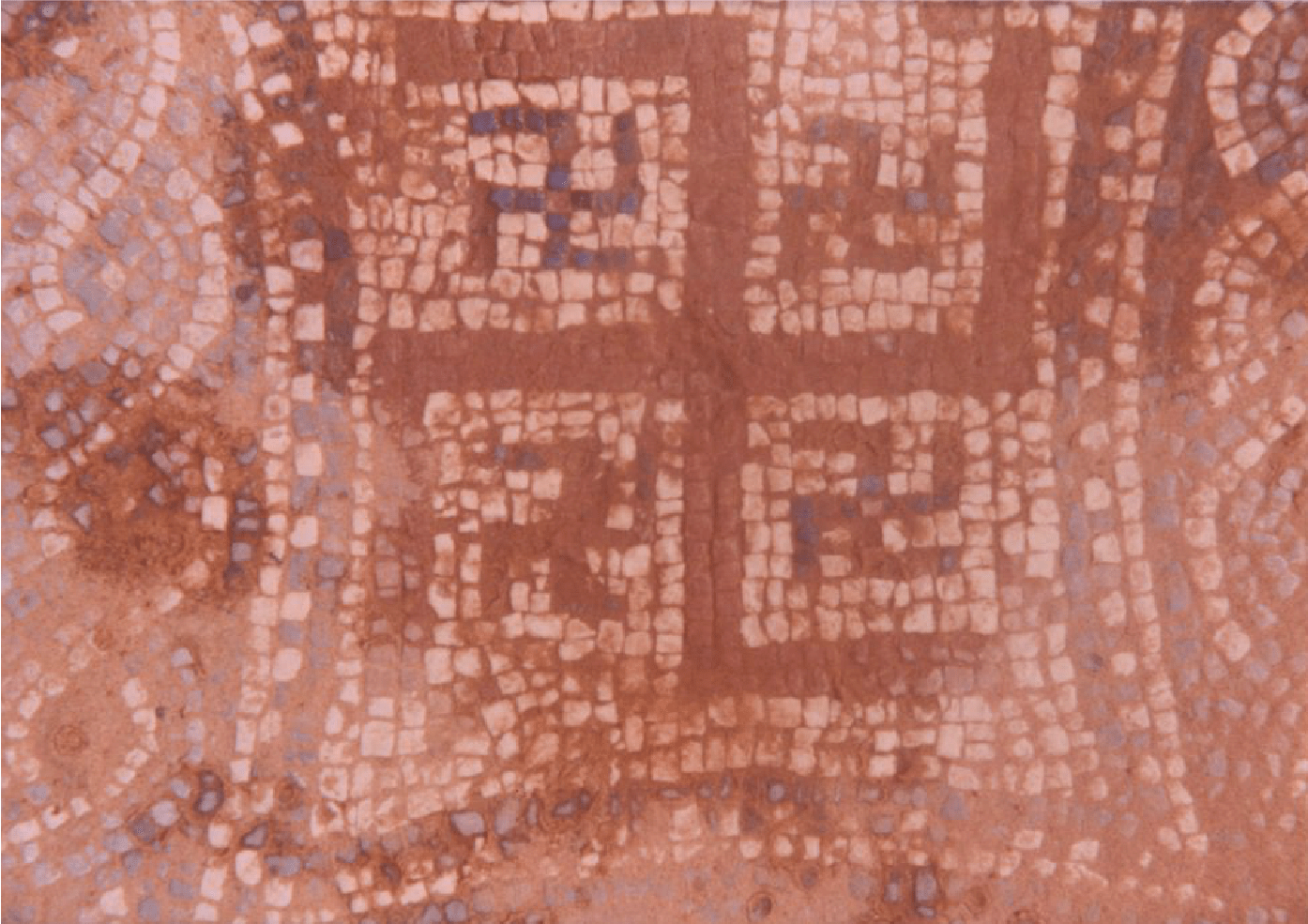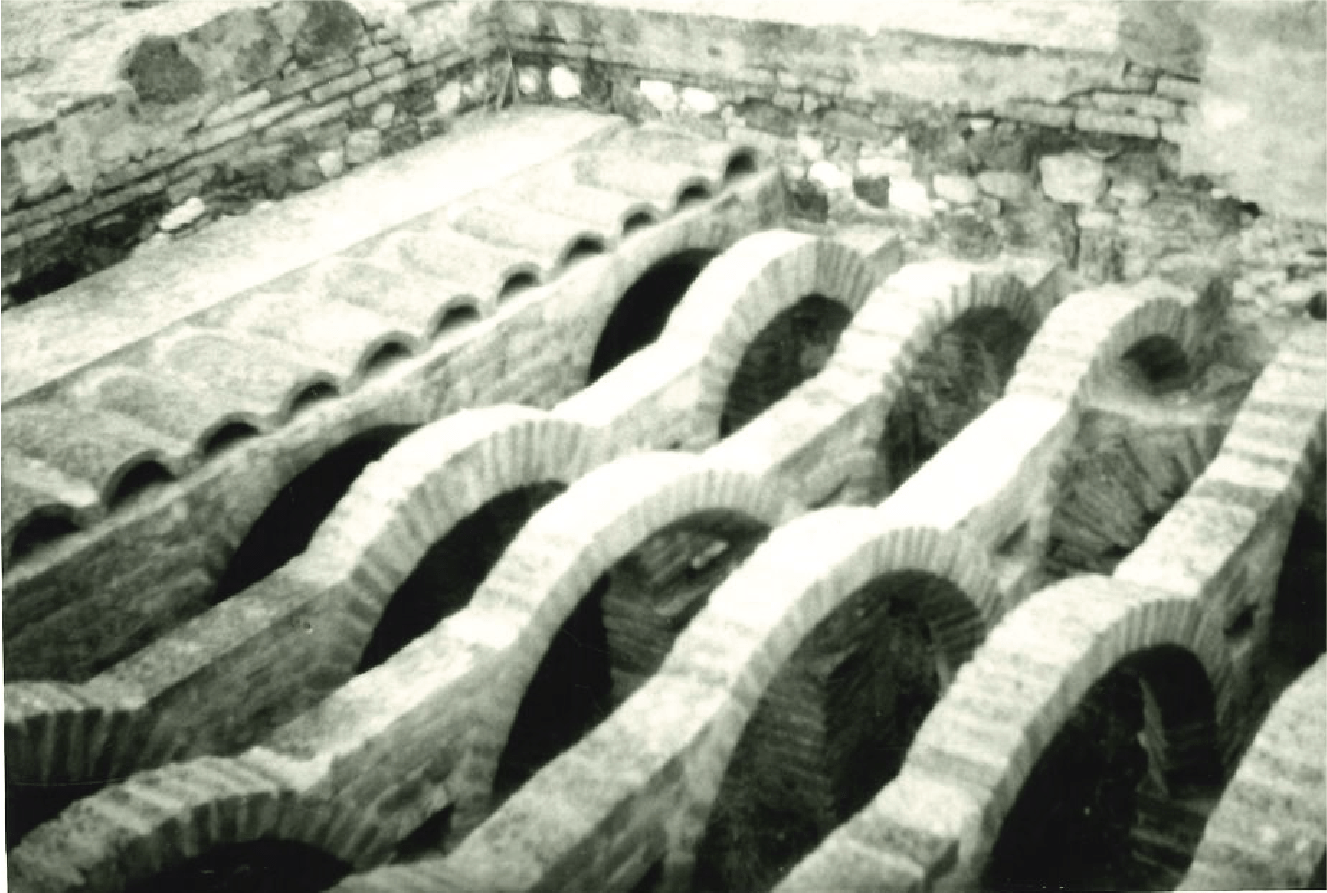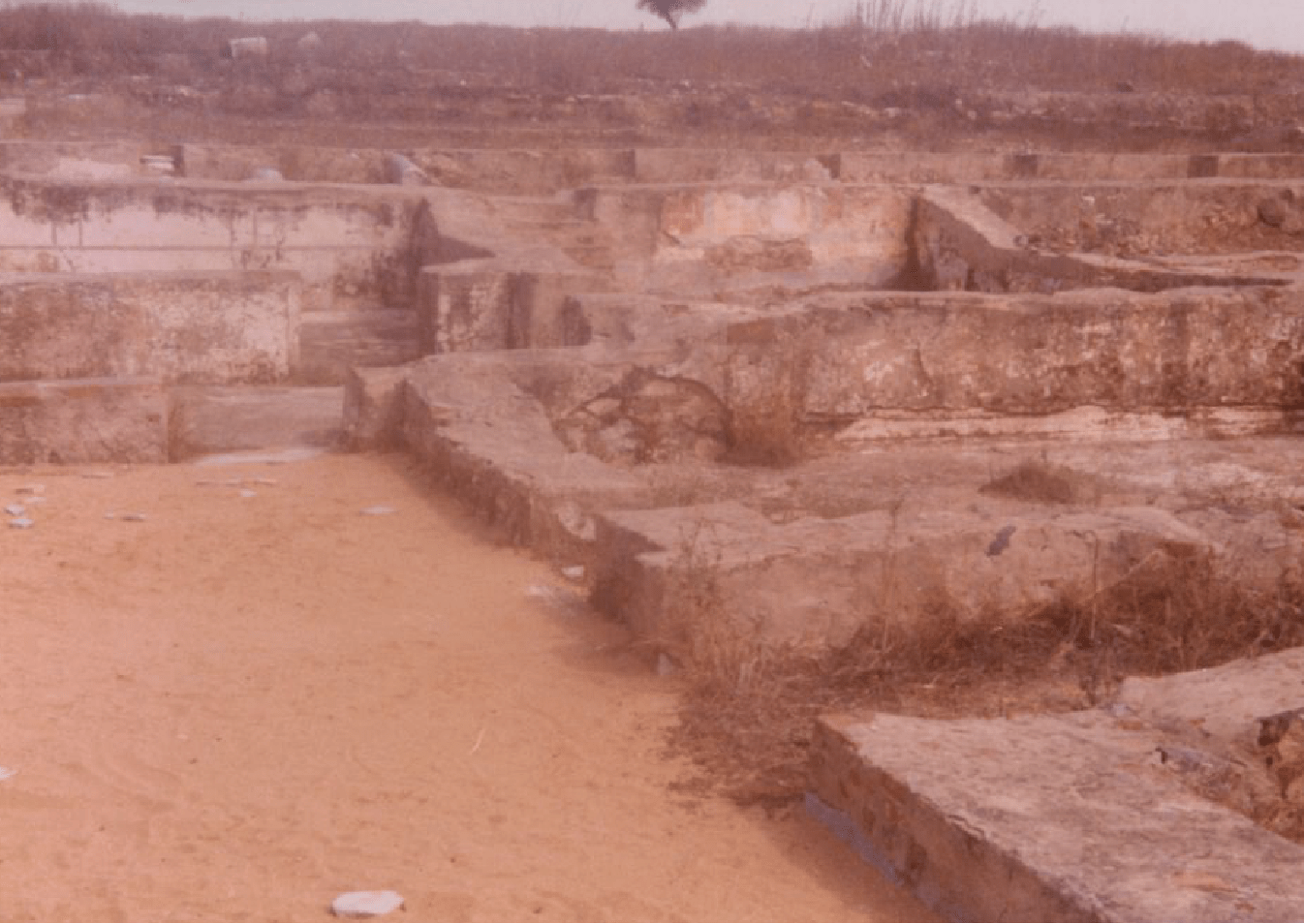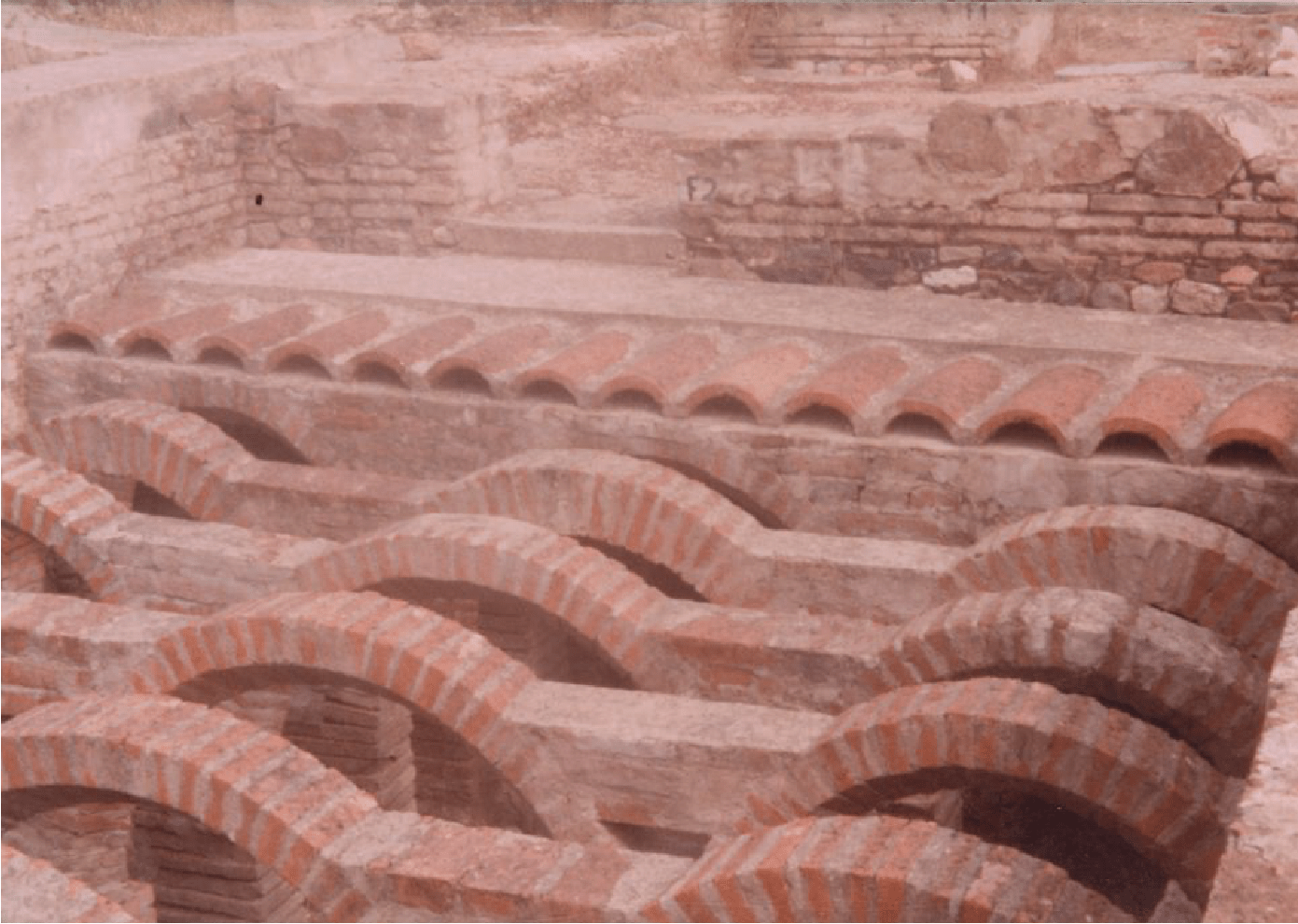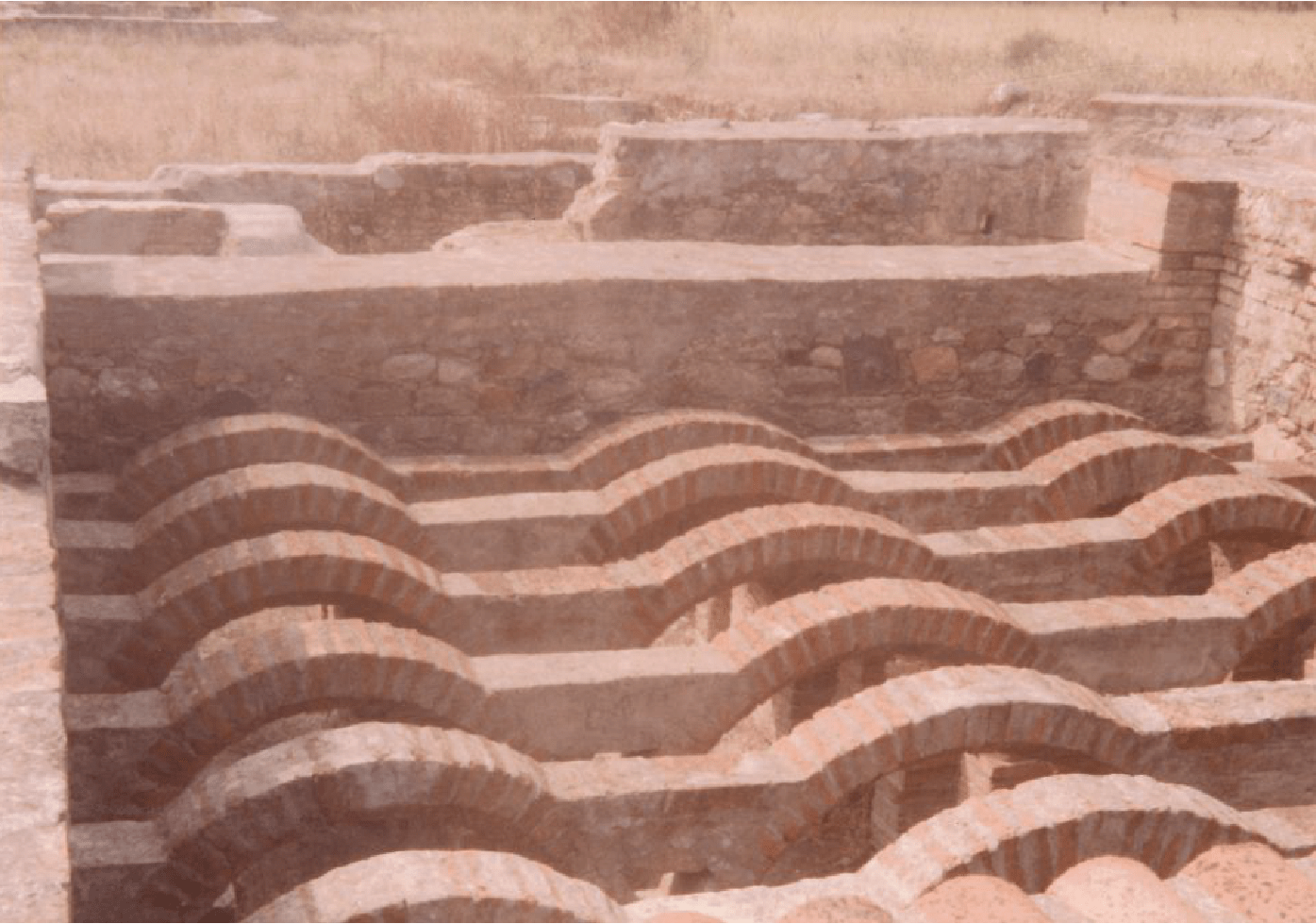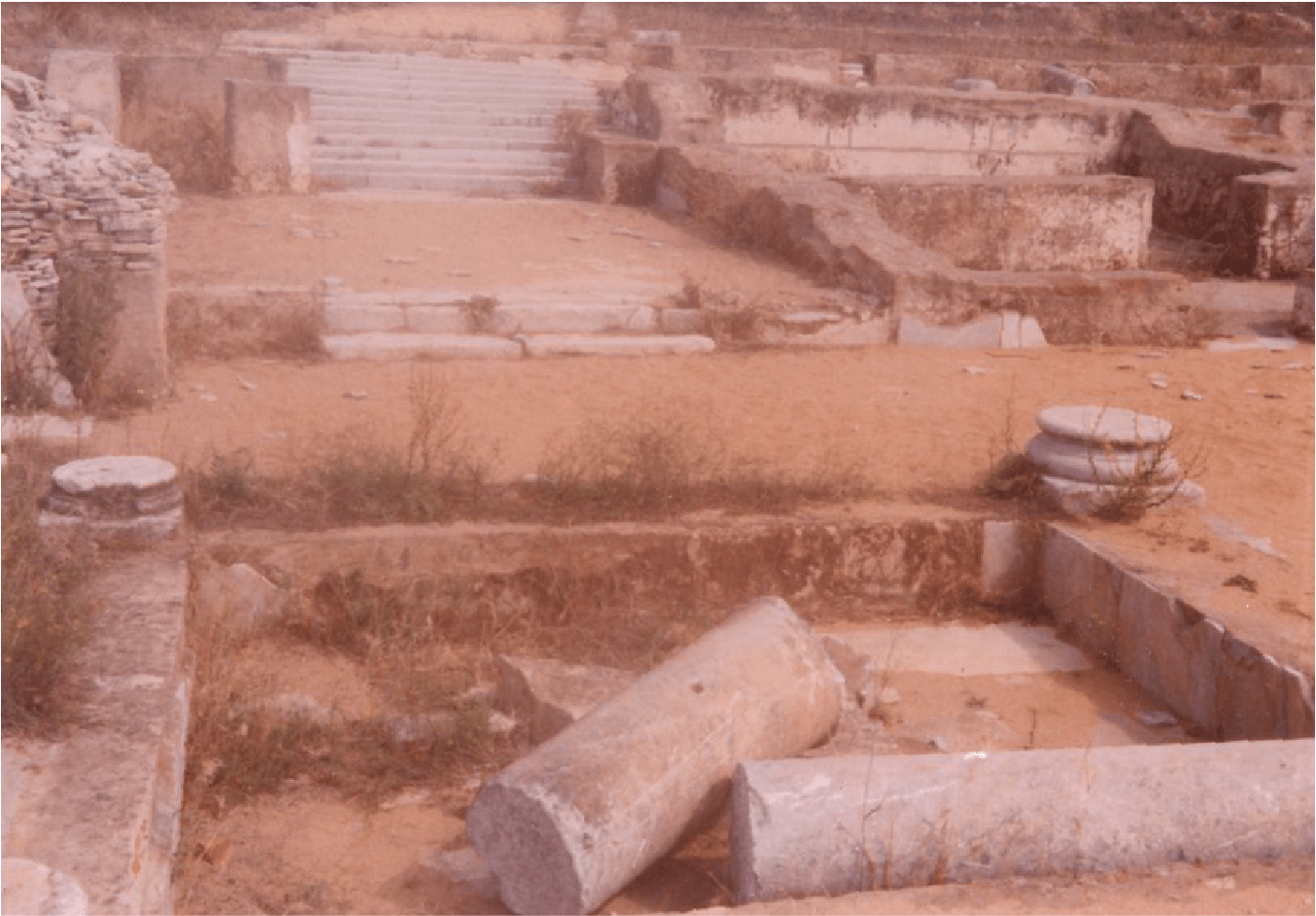Beja
Roman
Villa of Pisões
About
The Roman Villa of Pisões
The Roman Villa of Pisões, continuously occupied between the 1st and 4th centuries A.D., was discovered by accident in 1967 during agricultural operations. It was designated Property of Public Interest in 1970.
This site has been partially excavated, especially its Pars Urbana (main house). Facing South and revealing an architecture centred on a peristyle (inner courtyard), it is surrounded by four marble columns, leading to 48 rooms richly decorated with stuccoes, marble plaques, and mosaics.
There are private baths to the Northeast, with a praefurnium (furnace) and three bathing rooms whose floors stand on arches through which hot air circulated from the furnace to heat the space. To the South of the Pars Urbana, parallel to the stream of Ribeira da Chaminé, we find a large structure, 40 meters long by 8.30 meters wide. It was an open-air natatio (swimming pool) and a set of mausoleums.
Approximately 200 meters North of the villa, we find remains of a reservoir that provided water to it through an aqueduct to fill its tanks, baths, and swimming pool.
The University of Évora currently manages the villa. In addition to welcoming visitors, it hosts workshops for national and international students. Pisões also became a laboratory for several advanced research projects.
Reservoir
Reception centre
1. Northern Entrance
2. Inner courtyard surrounded by a colonnade – Peristyle
3. Reception room (Tablinium)
4. Dining room (Triclinium)
5. Bedrooms
6. Pantry and kitchen
7. Deactivated peristyle – rainwater collection tank (Impluvium)
8. Southern façade with porticos
9. Swimming pool (Natatio)
10. Mausoleums
a. Dressing room (Apodyterium)
b. Furnaces (Praefurnium)
c. Hot bathroom (caldarium)
d. Warm room (Tepidarium)
e. Cold bathroom (Frigidarium)
f. Swimming pool
g. Latrines
Plan provided by DRCAlentejo
Access
Prepare your visit
The Villa of Pisões has a Reception and Interpretation Centre that provides information on the archaeological site. In addition to a set of informative panels, the villa’s model, or the replica of the votive Ara, visitors can watch an introductory video and receive a digital multimedia guide.
The Villa is open for small groups (1-5 people) from Tuesday to Sunday between 9 a.m. and 5 p.m. To confirm visits, call +351 963 932 452 (Ms. Conceição).
Ticket price 3€
Children under 3, seniors and students for the University of Évora– free
For more information, contact
Communication Department of the University of Évora
Colégio do Espírito Santo
7000-883 Évora
Tel. +351 266 740 875
E-mail: visitas@uevora.pt
Beja Tourism Office
Tel. +351 284 311 913
Reduced mobility
The visit route facilitates access to people with reduced mobility with an electrical buggy.
Multimedia Resources
The visit offers an interactive guide that, in addition to providing information in several languages, contains Augmented Reality equipment that recreates the structures based on the visible ruins.
Guided tours
3D SURVEY
Support
RESEARCH
Bibliography & useful links
ALARCÃO, Jorge de (1988). Roman Portugal: Gazetteer, Volume II, Fasc. 3 – Évora, Faro & Lagos. Aris & Philips LTD, Warminster, p. 196.
CALDEIRA, Bento; OLIVEIRA, Rui Jorge; TEIXIDÓ, Teresa; BORGES, José Fernando; HENRIQUES, Renato; CARNEIRO, André; PEÑA, José António (2019) – Studying the Construction of Floor Mosaics in the Roman Villa of Pisões (Portugal) Using Noninvasing Methods: High Resolution 3D GPR and Photogrammetry. In Remote Sensing. 11 (16), 1882, 20pp. Disponível em: Consultar Artigo Completo → [Consultado a 22 de março de 2023].
COUTO, Maria (2007). Balnevum da Villa romana de Pisões. Análise Formal e Funcional. Dissertação de Mestrado apresentada à Faculdade de Ciências Sociais e Humanas da Universidade Nova de Lisboa. Disponível em: Consultar Artigo Completo → [Consultado a 22 de março de 2023].
KREMER, Maria de Jesus Duran (1998). Algumas considerações sobre a iconografia das estações do ano: a “villa” romana de Pisões. In Homenaxe a Ramón Lorenzo. Galicienzentrum der Universität Trier, Vigo, pp. 445-454. Disponível em: Consultar Artigo Completo → [Consultado a 22 de março de 2023].
MOURÃO, Cátia (2008). MIRABILIA AQVARVM. Motivos Aquáticos em Mosaicos da Antiguidade no Território Português. EPAL, Lisboa, pp. 102-103.
PEREIRA, Carlos; SOARES, António Monge; SOARES, Rui Monge (2013). Os mausoléus da Villa romana de Pisões: a morte no mundo rural romano. In Revista Portuguesa de Arqueologia, vol. 16, pp. 303-321. Disponível em: Consultar Artigo Completo → [Consultado a 22 de março de 2023].
RAIMUNDO, Bárbara Henriques (2019). Villa Romana de Pisões. Proposta de Valorização. Dissertação de Mestrado apresentada ao Departamento de Arquitetura da Faculdade de Ciência e Tecnologia da Universidade de Coimbra. Disponível em: Consultar Artigo Completo → [Consultado a 21 de março de 2023].
RAPOSO, Jorge (2001). Sítios arqueológicos visitáveis em Portugal. In Almadan. 2ª série: 10, Almada, pp. 100-157. Disponível em: Consultar Artigo Completo → [Consultado a 22 de março de 2023].
SERRA, Miguel (2007). Novos dados para o conhecimento da Villa romana de Pisões (Beja). In VIPASCA Arqueologia e História, nº 2, 2ª série, Aljustrel. Disponível em: Consultar Artigo Completo → [Consultado a 22 de março de 2023].
https://www.patrimoniocultural.gov.pt/pt/patrimonio/itinerarios/alentejo-algarve/07/
http://www.monumentos.gov.pt/site/app_pagesuser/sipa.aspx?id=899
https://arqueologia.patrimoniocultural.pt/index.php?sid=sitios&subsid=53587
https://cm-beja.pt/pt/menu/831/museus-e-monumentos.aspx
https://www.uevora.pt/servicos/Visitas-UEvora/Villa-Romana-de-Pisoes
https://www.visitalentejo.pt/pt/catalogo/o-que-fazer/museus-e-monumentos/villa-romana-de-pisoes/
http://www.tarraconensis.com/portugal_romano/villa_romana_pisoes/villa_pisoes.html
